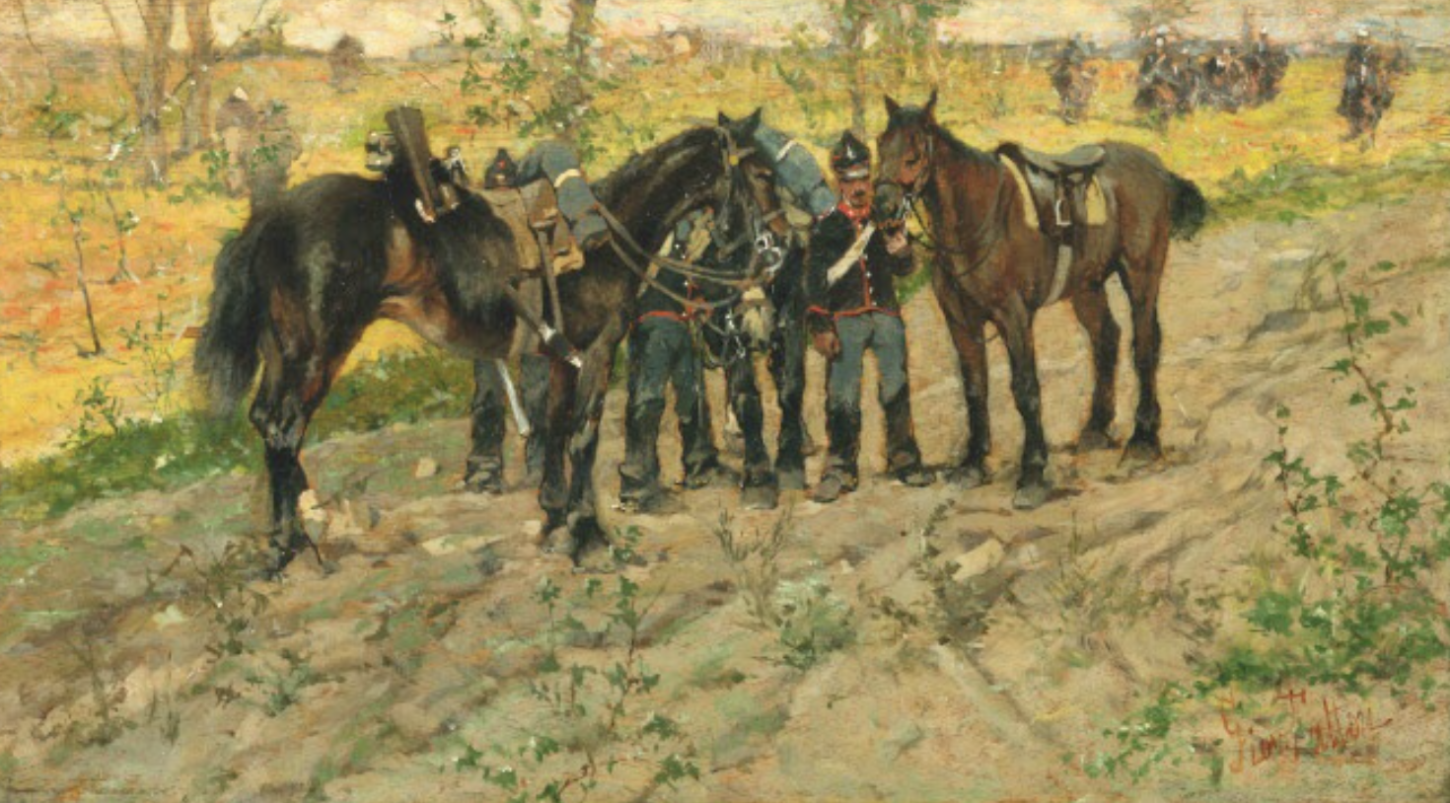
The Fondazione Cassa di Risparmio di Terni e Narni is proud to announce its upcoming exhibition, “From Degas to Boldini: A Look at Impressionism Between France and Italy,” curated by Anna Ciccarelli and Pierluigi Carofano. This event will take place from April 16 to June 29, 2025, at the Palazzo Montani Leoni in Terni.
This extensive exhibition celebrates French Impressionism while placing a significant emphasis on the Impressionist movement in Italy, marking over 150 years since its inception with the first exhibition held in Paris on April 15, 1874. With 44 artworks — including sculptures, paintings, and writings from prominent national and international museums, as well as collections from banking foundations — the Terni exhibition aims to honor Italian artists who contributed to the glory of the country from the mid-19th century to the 1920s.
Impressionism, recognized as one of the most beloved avant-garde movements in modern art history, emerged in Paris in the 1870s, captivating audiences across Europe. In Italy, the movement primarily took root through the experiences of notable figures such as Federico Zandomeneghi, Giuseppe De Nittis, and the Macchiaioli.
The post-unification Italian context was challenging and slow in adopting this new artistic trend from France. Consequently, many Italian painters were drawn to the fresh styles and liberal thinking found in Paris, which offered a modernity unattainable in their homeland. Similarly, the Macchiaioli’s work, developed alongside the dawn of Impressionism, shares comparable methods, themes, and styles, aiming for natural luminosity through the use of patchwork, positioning it as a parallel movement with distinct social and geographical differences.
After the era of Boldini, Zandomeneghi, and De Nittis — who might be considered “Franco-Italian Impressionists” due to their extended stays in Paris — a late Impressionist tradition continued in Italy through the early decades of the 20th century, inspired by artists like Monet, Renoir, and Cézanne. This ongoing influence is evident in the works of painters such as Francesco Filippini, who became a key figure in Italian Impressionism after moving to Paris in 1879, and Emilio Gola.
The exhibition opens with one of the leaders of the Barbizon School, Jean-Baptiste-Camille Corot, then showcases significant works by Berthe Morisot, whose three featured pieces come directly from a recently concluded exhibition in Turin and the Musée FAMM in Mougins, alongside Edgar Degas from the GNAM in Rome. Additional highlights include “Les Italiens de Paris,” artists who lived and thrived in Paris during the latter part of the 19th century’s Belle Époque, when the French capital was the global epicenter of art. Key works by Giuseppe De Nittis, on loan from the Fondazione Cassa di Risparmio di Padova and Rovigo, Vittorio Matteo Corcos from the Museo Civico Giovanni Fattori in Livorno, Giovanni Boldini, Emilio Gola, Federico Zandomeneghi, and Antonio Mancini from private collections will also be featured.
The exhibition does not overlook sculpture, presenting two bronzes by Degas from the GNAM, along with a stunning wax sculpture by Medardo Rosso, the leading figure in modern Italian sculpture, courtesy of the MART in Rovereto.
The exhibition will conclude with a tribute to French Impressionists through the works of two prominent contemporary Italian artists, Mario Schifano and Tano Festa. This rich celebration of art promises to engage visitors with its exploration of the deep connections between French and Italian Impressionism, showcasing the talents of those who shaped these artistic movements.
Photo credits: The photographs are the property of the museum. Photo cover: Giovanni Boldini, Carrozza a Versailles [Carriage in Versailles]




